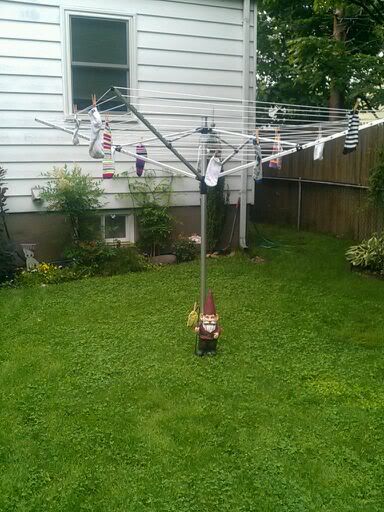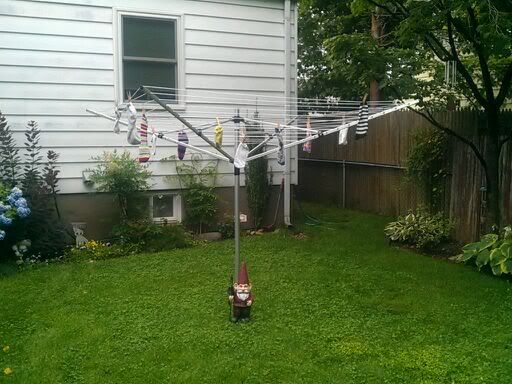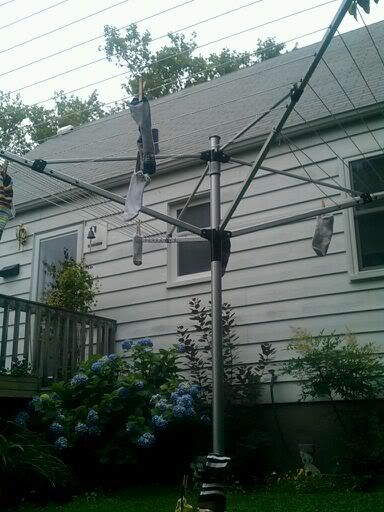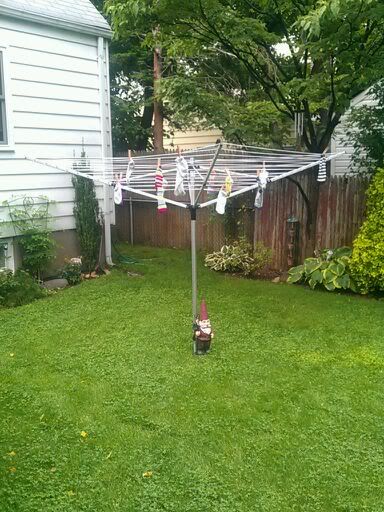1. Explain why you selected each of the TWO videos you choose from the selection listed above.
2. For each video list/discuss the key concepts you learned.
2. How do the videos relate to the readings in the text?
3. What is your opinion of the films? How do they add depth to understanding of the readings and art concepts?
1. The first video I chose was the one on Andy Warhol. I have seen his painting in various museums and always found them to be interesting.
2. Some key concepts from this video are that Warhol was inspired by pop images, as well as color. He often used repetition in his art to create a statement piece. 3. This relates to the text because it discusses postmodern art.
4. I think that this film was direct with its information and very interesting to watch.
1. The second video I chose to watch was Expression in the 50's and 60's. I find hippie culture to be so interesting and I thought that this video might have some of those elements in it. I also really enjoy abstract art.
2. Some key concepts from this video are that abstract art was born from avant-garde European and American art. however, it was rejected by many people. Many people do not understand abstract art. Abstract art encourages thinking and feeling. 3. This relates to the textbook because it discusses further postmodern and modern art.
4. I think that this video was interesting and it explained the information well.




